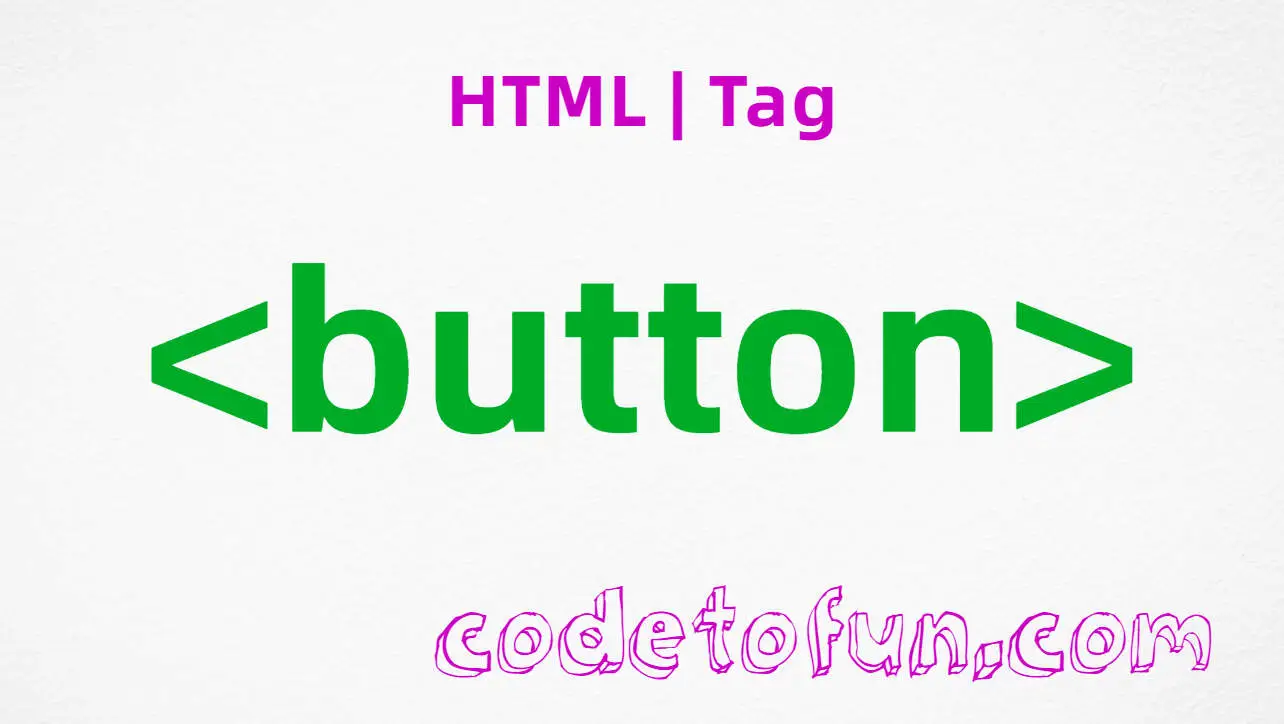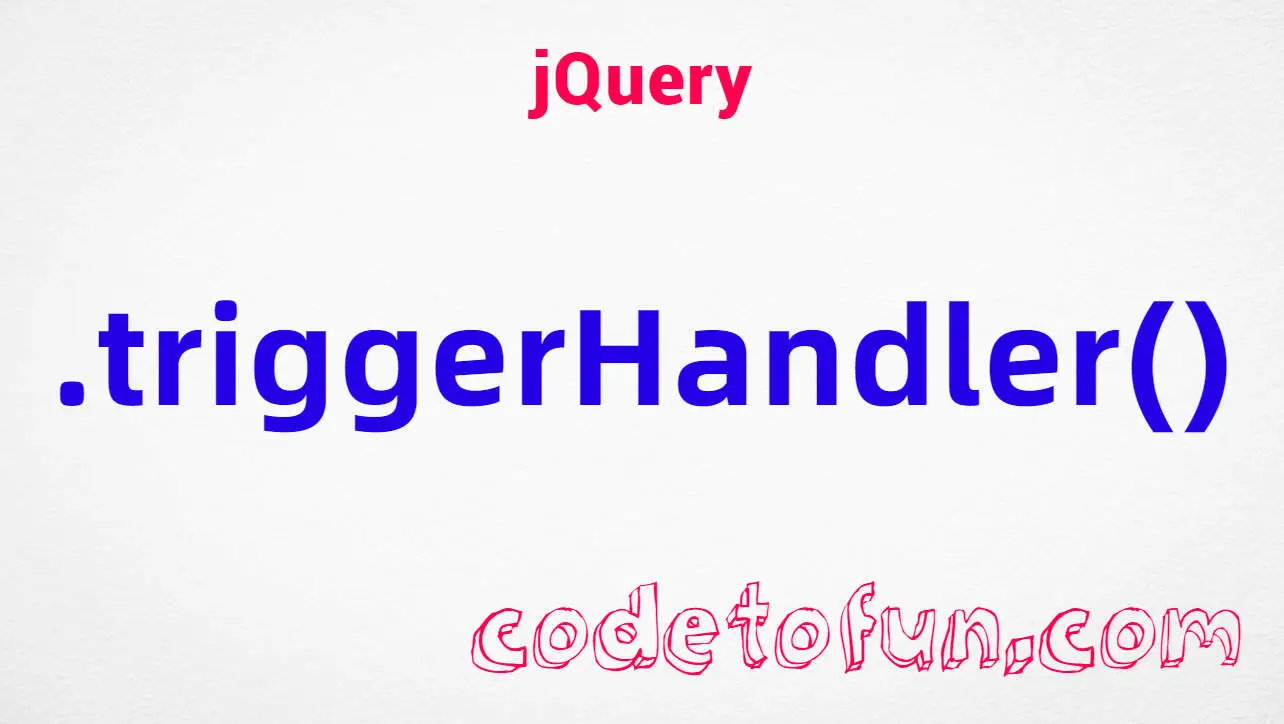
HTML Basic
HTML Reference
- HTML Tags
- <!--...-->
- <!DOCTYPE>
- <a>
- <abbr>
- <address>
- <area>
- <article>
- <aside>
- <audio>
- <b>
- <base>
- <bdi>
- <bdo>
- <blockquote>
- <body>
- <br>
- <button>
- <canvas>
- <caption>
- <cite>
- <code>
- <col>
- <colgroup>
- <data>
- <datalist>
- <dd>
- <del>
- <details>
- <dfn>
- <dialog>
- <div>
- <dl>
- <dt>
- <em>
- <embed>
- <fieldset>
- <figcaption>
- <figure>
- <footer>
- <form>
- <h1> to <h6>
- <head>
- <header>
- <hgroup>
- <hr>
- <html>
- <i>
- <iframe>
- <img>
- <input>
- <ins>
- <kbd>
- <label>
- <legend>
- <li>
- <link>
- <main>
- <map>
- <mark>
- <menu>
- <meta>
- <meter>
- <nav>
- <noscript>
- <object>
- <ol>
- <optgroup>
- <option>
- <output>
- <p>
- <param>
- <picture>
- <pre>
- <progress>
- <q>
- <rp>
- <rt>
- <ruby>
- <s>
- <samp>
- <script>
- <search>
- <section>
- <select>
- <small>
- <source>
- <span>
- <strong>
- <style>
- <sub>
- <summary>
- <sup>
- <svg>
- <table>
- <tbody>
- <td>
- <template>
- <textarea>
- <tfoot>
- <th>
- <thead>
- <time>
- <title>
- <tr>
- <track>
- <u>
- <ul>
- <var>
- <video>
- <wbr>
- HTML Deprecated Tags
- HTML Events
- HTML Global Attributes
- HTML Status Code
- HTML Language Code
- HTML Country Code
- HTML Charset
- MIME Types
HTML button Tag

Photo Credit to CodeToFun
🙋 Introduction
The HTML <button> tag is a versatile element that plays a crucial role in web development, providing a simple yet powerful way to create interactive buttons.
This comprehensive guide will walk you through the ins and outs of the <button> tag, allowing you to leverage its full potential in your web projects.
🤔 What is <button> Tag?
The <button> tag is a fundamental HTML element used to create interactive buttons within a web page. It serves as a container for content like text or images and can be easily customized to trigger various actions when clicked.
💡 Syntax
Implementing the <button> tag is straightforward. Simply enclose the button content—whether it's text, an image, or both—between the opening <button> and closing </button> tags.
<button>Your Button Content Here</button>🧰 Attributes
The <button> tag supports a range of attributes to enhance its functionality and appearance. Common attributes include type, name, value, and onclick, among others.
<button type="button" name="submit" onclick="myFunction()">Click Me</button>📚 Common Use Cases
Basic Button:
Create a basic button by inserting plain text or images between the
<button>tags.basic-button.htmlCopied<button>Click Me</button>Triggering JavaScript Functions:
Utilize the onclick attribute to execute JavaScript functions when the button is clicked.
triggering-javascript-functions.htmlCopied<button onclick="myFunction()">Click Me</button> <script> function myFunction() { alert("Button clicked!"); } </script>Form Submission:
The
<button>tag is often used within forms to submit user input.form-submission.htmlCopied<form action="/submit" method="post"> <input type="text" name="username" placeholder="Enter your username"> <button type="submit">Submit</button> </form>Styling:
Enhance the visual appeal of your buttons by applying CSS styles. You can use inline styles or link to external stylesheets.
styling.htmlCopied<button style="background-color: #4CAF50; color: white; padding: 10px 20px; border: none; border-radius: 5px;">Styled Button</button>
🖥️ Browser Support
Understanding the compatibility of the <button> tag across different browsers is essential for delivering a consistent user experience. Here's an overview of its support:
- Google Chrome: Fully supported.
- Mozilla Firefox: Fully supported.
- Microsoft Edge: Fully supported.
- Safari: Fully supported.
- Opera: Fully supported.
- Internet Explorer: Partial support (some versions may have limitations).
Ensure you test your code in various browsers to guarantee a seamless experience for your audience.
🏆 Best Practices
- Semantic Use: Choose the
<button>tag over other elements (like <div> or <span>) for button functionality to maintain semantic HTML. - Clear Labeling: Provide clear and concise labels for your buttons to ensure users understand the expected action.
- Accessibility: Ensure your buttons are accessible by using appropriate attributes and providing alternative text for images.
- Consistent Styling: Maintain a consistent button style throughout your website for a cohesive user experience.
- JavaScript Separation: If using JavaScript, separate the code from the HTML using event listeners rather than inline attributes for better maintainability.
🎉 Conclusion
The HTML <button> tag is a valuable asset in your web development toolkit, offering a straightforward way to create interactive elements. Whether you're building a simple webpage or a complex web application, mastering the <button> tag will empower you to enhance user engagement seamlessly.
👨💻 Join our Community:
Author

For over eight years, I worked as a full-stack web developer. Now, I have chosen my profession as a full-time blogger at codetofun.com.
Buy me a coffee to make codetofun.com free for everyone.
Buy me a Coffee












If you have any doubts regarding this article (HTML button Tag), please comment here. I will help you immediately.